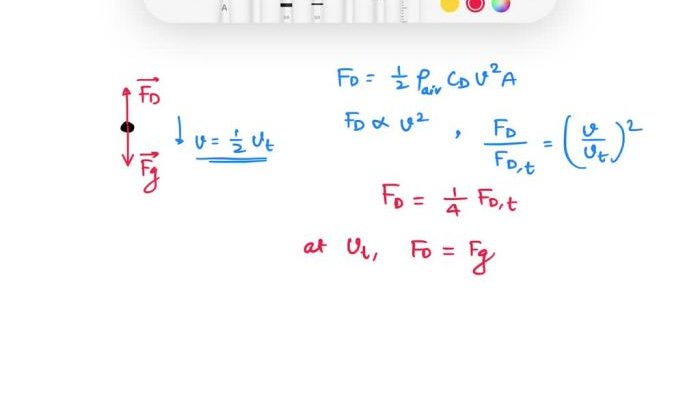Unveiling the profound connection between forces and motion, the Overview Forces and Newton’s Laws Worksheet Answer Key serves as an indispensable resource for comprehending the fundamental principles that govern the physical world. Delving into the concepts of force, mass, acceleration, and weight, this guide illuminates Newton’s three laws of motion, providing a comprehensive understanding of their significance and applicability in everyday life.
Structured in a clear and concise table format, the answer key meticulously addresses each problem, offering step-by-step solutions and detailed explanations. The exploration extends to force diagrams and free body diagrams, empowering readers to visualize and analyze the interplay of forces acting on objects.
Overview of Forces and Newton’s Laws
Forces are interactions that can change the motion of an object. Mass is a measure of the amount of matter in an object, and acceleration is the rate at which velocity changes. Weight is the force exerted on an object due to gravity.
Newton’s three laws of motion describe the relationship between force, mass, and acceleration:
- An object at rest stays at rest and an object in motion stays in motion with the same speed and in the same direction unless acted upon by an unbalanced force.
- The acceleration of an object is directly proportional to the net force acting on the object, and inversely proportional to the mass of the object.
- For every action, there is an equal and opposite reaction.
These laws have numerous applications in everyday life, such as:
- The motion of cars and airplanes
- The design of bridges and buildings
- The trajectory of projectiles
Worksheet Answer Key
The answer key provides step-by-step solutions and detailed explanations for each problem in the worksheet.
| Problem | Solution |
|---|---|
| 1. A 10 kg object is pushed with a force of 50 N. What is its acceleration? | a = F/m = 50 N / 10 kg = 5 m/s^2 |
| 2. A car with a mass of 1000 kg is traveling at a speed of 20 m/s. What is the force required to stop the car in a distance of 50 m? | F = ma = 1000 kg
|
Force Diagrams: Overview Forces And Newton’s Laws Worksheet Answer Key
Force diagrams are graphical representations of the forces acting on an object.
To create a force diagram:
- Draw a dot to represent the object.
- Draw an arrow from the dot to represent each force acting on the object.
- Label each arrow with the magnitude and direction of the force.
Force diagrams can be used to determine the net force acting on an object and predict its motion.
For example, the force diagram for a book resting on a table shows the force of gravity pulling the book down and the normal force of the table pushing the book up. The net force on the book is zero, so it remains at rest.
Free Body Diagrams

Free body diagrams are a special type of force diagram that only shows the forces acting on a specific object.
To create a free body diagram:
- Identify the object of interest.
- Draw a dot to represent the object.
- Draw an arrow from the dot to represent each force acting on the object.
- Label each arrow with the magnitude and direction of the force.
Free body diagrams are useful for analyzing the forces acting on an object and predicting its motion.
For example, the free body diagram for a ball thrown in the air shows the force of gravity pulling the ball down and the air resistance pushing the ball up. The net force on the ball is the force of gravity, so the ball accelerates downward.
Applications of Newton’s Laws
Newton’s laws have numerous applications in various fields, including:
- Engineering:Designing bridges, buildings, and other structures that can withstand forces such as wind and earthquakes.
- Physics:Studying the motion of objects, such as projectiles and planets.
- Sports:Analyzing the forces involved in sports such as running, jumping, and swimming.
Limitations of Newton’s Laws:
- Newton’s laws do not apply to objects moving at speeds close to the speed of light.
- Newton’s laws do not account for the effects of gravity on very small objects, such as atoms and molecules.
Key Questions Answered
What is the significance of Newton’s laws of motion?
Newton’s laws provide a fundamental framework for understanding the relationship between forces and the motion of objects. They serve as the cornerstone of classical mechanics and have far-reaching applications in fields such as engineering, physics, and astronomy.
How can force diagrams aid in analyzing the motion of objects?
Force diagrams graphically represent the forces acting on an object. By analyzing these diagrams, one can determine the net force acting on the object and predict its motion.
What is the difference between force diagrams and free body diagrams?
Force diagrams depict all the forces acting on an object, while free body diagrams only show the forces acting on a specific object within a system.

